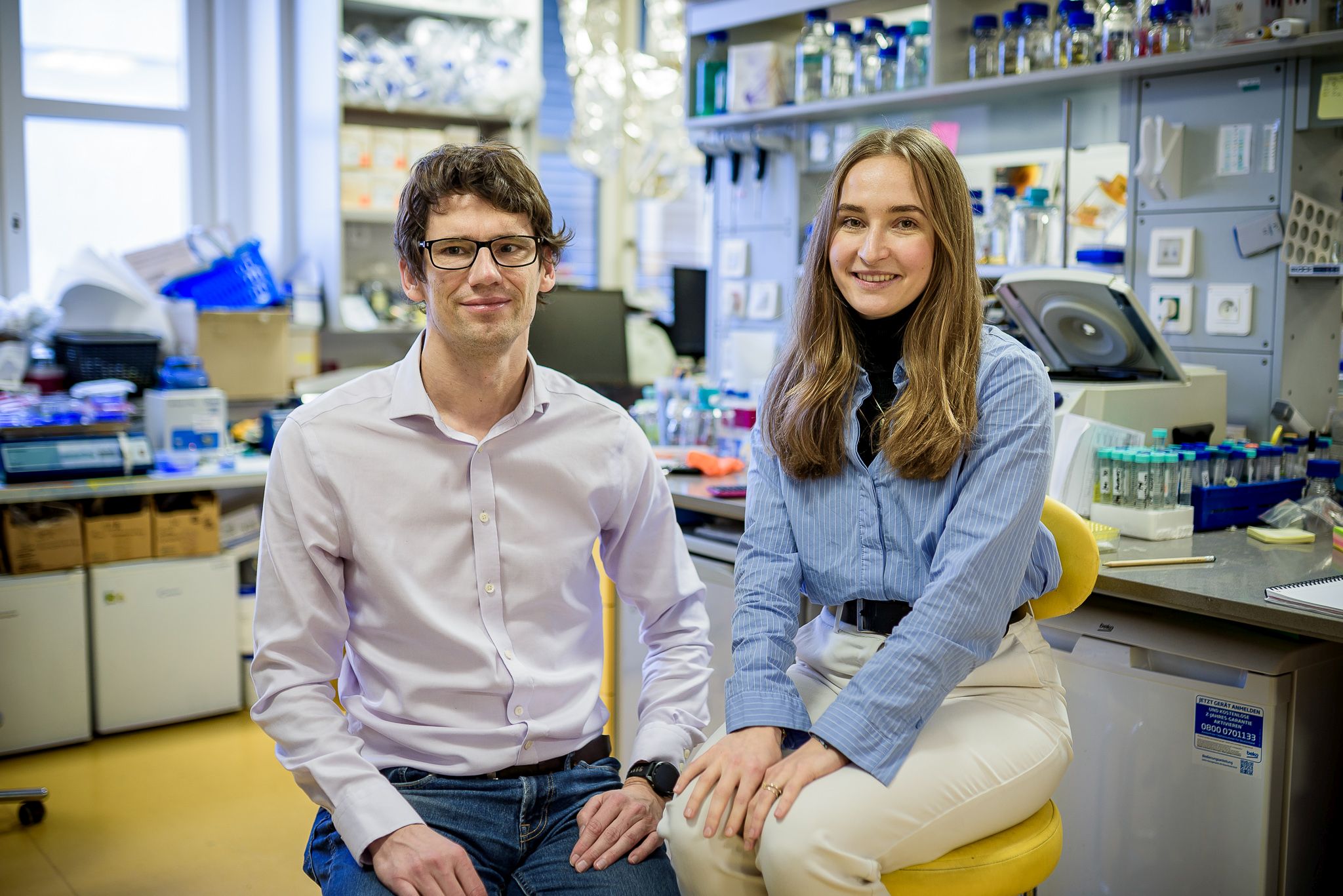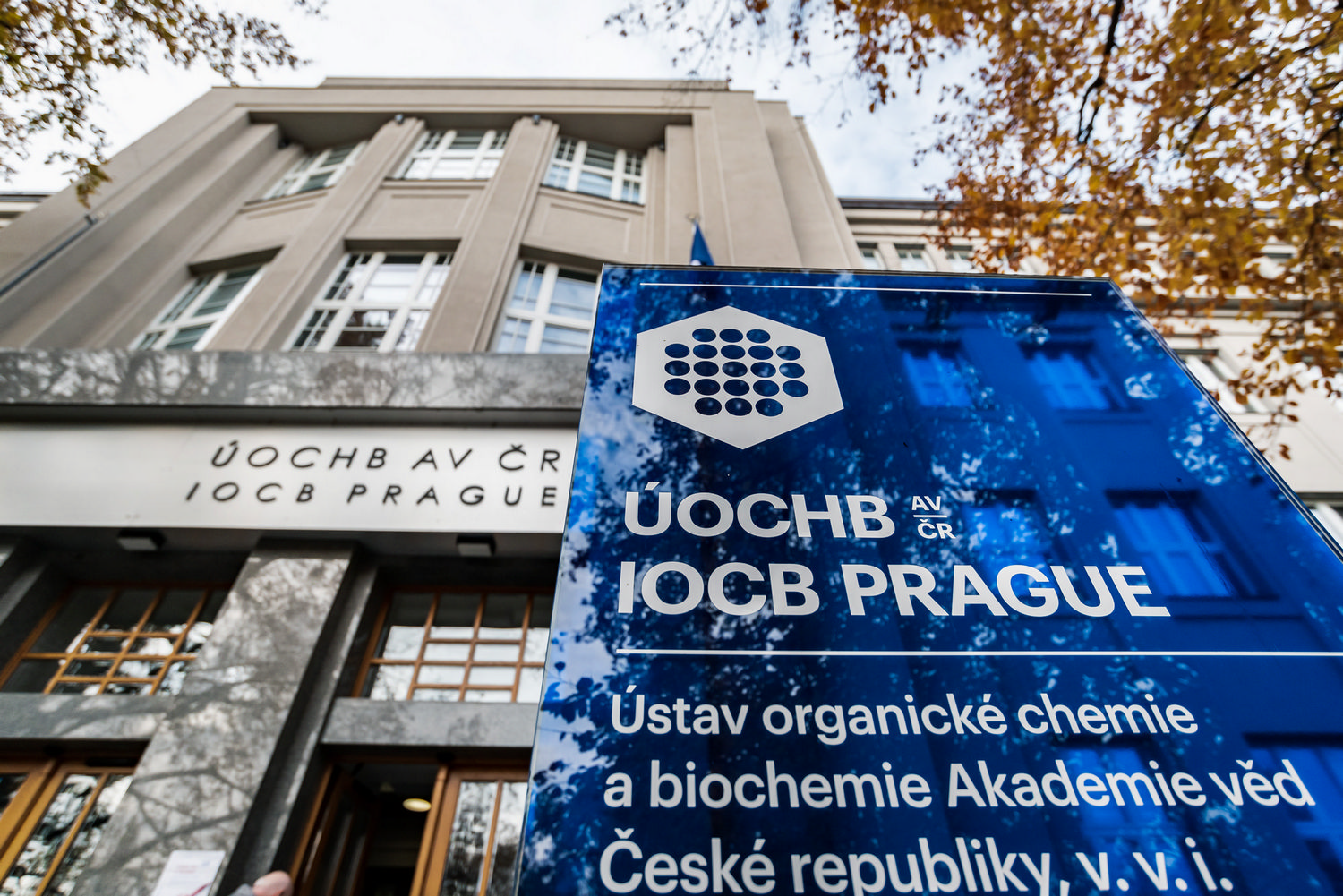Kalendář akcí
Zobrazit všeBluesky
Sledujte nás
Naše věda v médiích – výběr z článků, rozhovorů, reportáží
Publikace
Všechny publikace
Surface-Decoupled Altitudinal and Azimuthal Triptycene-Fused Tetrapodal Molecular Motors
Angewandte Chemie International Edition 2025: Early View
Two light-driven molecular motors, fused to a triptycene-based tetrapodal platform, with rotational axes oriented either parallel or perpendicular to the surface, were successfully designed and synthesized. Both systems demonstrated complete 360° rotation cycles, efficient photoswitching at 385 ± 5 nm (reaching ∼90% at the photostationary state), and quantitative thermal helix inversion with half-lives of ∼7 min at 20 °C. When assembled as monolayers on gold surfaces, the motors retained their full rotational functionality, demonstrating the ability of the tetrapodal platform to minimize surface interactions. These findings highlight the potential of these systems for applications in surface-integrated molecular devices and machines.
Quantum-Grade Nanodiamonds from a Single-Step, Industrial-Scale Pressure and Temperature Process
Advanced Functional Materials 2025: Early View
Fat or flat? The impact of dipole moment vectors on non-covalent interactions between aromatic tags and macromolecules
Inorganic Chemistry Frontiers 2025: Early View
Neuroprotective potential of novel CARTp analogs in the hippocampus of THY-Tau22 mouse model of Tau pathology
Neuropharmacology 278: 110578 (2025)





